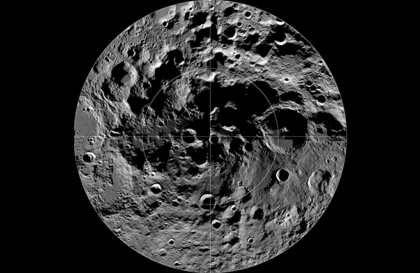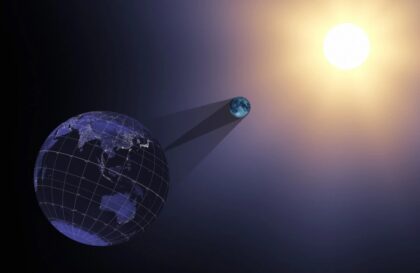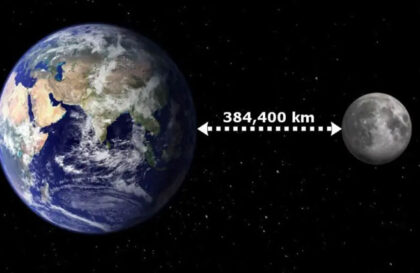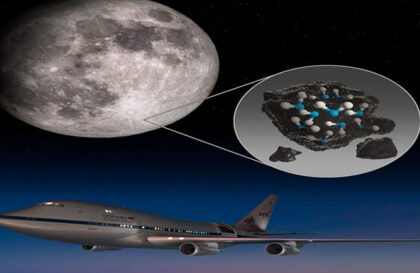With the beginning of the space age, people ceased to be idle observers of the Moon. The Soviet automatic interplanetary stations Luna-2 and Luna-3 reached the satellite in 1959 and made many discoveries. The first station had scintillators, Geiger counters, magnetometers, and micrometeorite detectors. She was also the first to overcome escape velocity and crashed into the Moon at a speed of 3.3 km/s. Scientists estimate that the crater from this landing could have a diameter of up to 130 meters.
Luna-2 aroused scientific interest not only for its landing on the Moon but also for its studies of the Earth’s magnetic fields and the Moon, the Earth’s radiation belt, cosmic radiation, the gas composition of interplanetary matter, meteor particles, and other aspects. One of the important achievements was measuring the solar wind, which Luna-1 also carried out. Both probes confirmed the absence of a noticeable magnetic field and radiation belts on the Moon.
Museum replica of Luna 2. Credit: Wikipedia (public source).
Luna 1 passed the Moon at 3,700 miles (6,000 km). The error is that the time it took for the signal to travel from the command post to the station should have been considered.
Luna 3 satisfied a long-standing interest of humanity: for the first time, it was possible to see the far side of the Moon. The station flew over and photographed a surface invisible from the Earth, and it became clear that it was no different from the visible one.
Model of the Luna-3 station in the Museum of Cosmonautics in Moscow. Credit: Wikipedia (public source)/ author Armael
During further launches of interplanetary stations, samples of lunar soil were obtained, a map of the far side was compiled, and photographs were taken.
On July 24, 1969, the first earthlings landed on the Moon. Americans Neil Armstrong and Buzz Aldrin landed on the Moon and spent 21 hours, 36 minutes, and 21 seconds on the satellite’s surface.
The Apollo astronauts spent about 2.5 hours on the Moon, planted the U.S. flag, deployed scientific instruments, and collected 50 pounds of germ-free lunar soil.
Over the next three years, there were five more successful American moon landings, including using a battery-powered lunar vehicle on three Apollo missions. The astronauts rode it for 28, 27, and 36 km at speeds up to 18 km/h.
The lunar electric vehicle was equipped with a color television, film, and photo camera, making it possible to document the missions in detail. The footprints left by the astronauts will remain visible on the Moon for at least another 10 million years due to the lack of wind and erosion on the Moon.
24 spacecraft were officially designated Luna, but more were launched. Failed attempts to reach orbit usually received no public recognition and were not given a “Moon” number. Ships that failed in low Earth orbit were often designated “Cosmos.”
Banner image: The Apollo 12 Lunar Module (LM), in a lunar landing configuration, is photographed in lunar orbit from the Command and Service Modules (CSM) on Nov. 19, 1969. Aboard the LM were astronauts Charles Conrad Jr., commander, and Alan L. Bean, lunar module pilot. Credit: NASA
Image credit:
https://www.nasa.gov
https://en.wikipedia.org
https://ru.m.wikipedia.org






